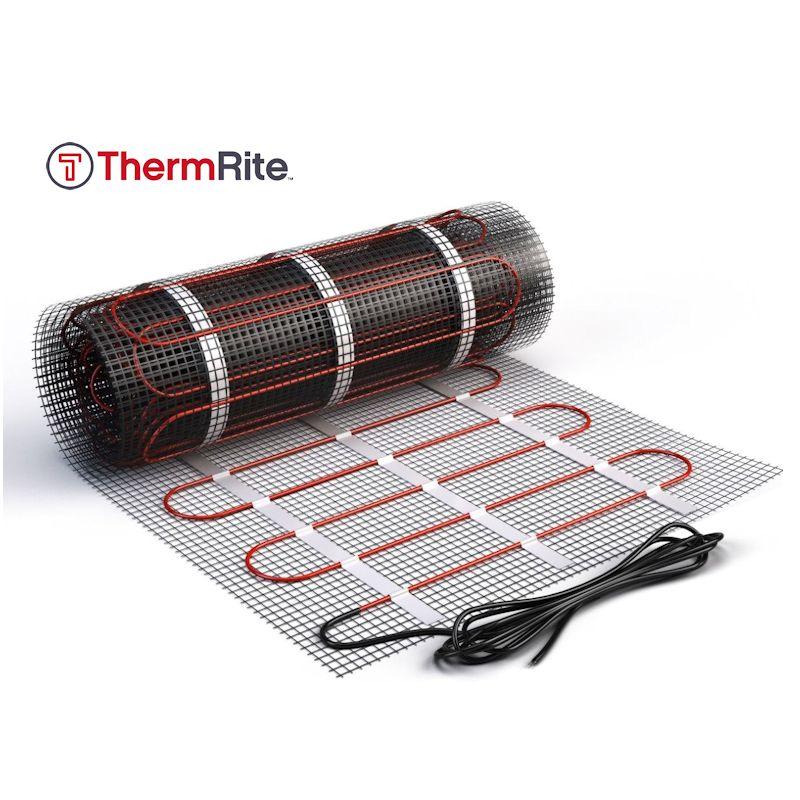Investing in underfloor heating is not just about immediate comfort and improved aesthetics; it’s also a strategic decision with financial implications. Understanding the payback period, the time it takes for your investment to start yielding financial benefits, is crucial. In this article, we dive into the concept of the payback period for underfloor heating. We explore the factors that influence this timeline, the financial advantages it offers over traditional heating systems, and the long-term value it brings to homeowners. Let’s explore when your underfloor heating investment will truly begin to pay off.
A Closer Look at the Payback Period
The payback period is the duration it takes for the financial benefits gained from an investment to equal or surpass the initial cost of that investment. In the context of underfloor heating, it’s the time it takes for the energy savings and other advantages to outweigh the upfront installation costs. The payback period is a key consideration for homeowners looking to make informed decisions about upgrading their heating systems, ensuring that the investment aligns with their financial goals.
Factors Influencing the Payback Period
Several factors influence the payback period of underfloor heating. Energy prices play a significant role – regions with higher energy costs will likely experience a shorter payback period due to the substantial energy savings of underfloor heating. Insulation, home size, and personal usage patterns also impact the timeline. A well-insulated home with consistent heating needs will likely experience a quicker payback period than a larger, less-efficient space. Understanding these variables allows homeowners to estimate when they can expect their underfloor heating investment to become financially advantageous.
Energy Efficiency and Cost Savings
The primary driver behind the payback period of underfloor heating is its energy efficiency. These systems operate at lower water temperatures compared to traditional radiators, resulting in reduced energy consumption and lower heating bills. The energy savings accumulate over time, gradually offsetting the initial installation costs. As homeowners continue to experience cost savings on their energy bills, the payback period shortens, making underfloor heating an economically viable choice for the long run.
Calculating Potential Savings
To estimate the payback period, it’s essential to calculate the potential savings accurately. Homeowners can do this by comparing the projected energy consumption and costs of underfloor heating with those of their existing heating system. Various online tools and energy calculators are available to simplify this process. By considering factors like home size, insulation quality, and local energy rates, homeowners can gain a clearer understanding of when their underfloor heating investment will start showing a positive financial impact.
Long-Term Value and Return on Investment
While the payback period provides insights into when the initial investment will be recouped, the long-term value of underfloor heating extends beyond this timeline. As energy costs continue to rise and environmental concerns drive the demand for energy-efficient solutions, the benefits of underfloor heating become increasingly evident. Moreover, underfloor heating adds to the overall value of the home, enhancing its market appeal and potentially increasing its resale value. This long-term value reinforces underfloor heating’s role as a worthwhile investment.
Comparing Payback Periods: Underfloor Heating vs. Traditional Heating
Comparing the payback period of underfloor heating with that of traditional heating systems is illuminating. While underfloor heating typically has a longer payback period due to higher installation costs, the continuous energy savings it offers over time can eventually lead to greater financial benefits. In contrast, traditional heating systems may have a shorter payback period but often result in higher long-term energy costs. Homeowners who prioritise long-term energy efficiency and reduced operating costs find underfloor heating’s extended payback period justified.
The Role of Maintenance and Durability
Underfloor heating’s durability and minimal maintenance requirements play a significant role in its extended payback period. Unlike traditional heating systems that may require frequent repairs and part replacements, underfloor heating systems are designed for longevity. This reduces ongoing maintenance costs and extends the period during which the system continues to deliver energy savings. Homeowners can anticipate stable energy performance and reduced upkeep expenses, further contributing to underfloor heating’s overall value proposition.
Environmental Benefits and Incentives
The environmental benefits of underfloor heating add an extra layer of value to the payback period calculation. By choosing an energy-efficient heating solution, homeowners contribute to reduced greenhouse gas emissions and a smaller carbon footprint. Additionally, some regions offer incentives, grants, or tax breaks for adopting energy-efficient technologies like underfloor heating. These incentives can significantly impact the payback period, accelerating the point at which the investment becomes financially advantageous.
Projecting Future Savings
As energy costs continue to rise, the future savings potential of underfloor heating becomes increasingly attractive. Homeowners who invest in underfloor heating can expect their energy savings to compound over the years, enhancing the system’s financial benefits. By projecting future energy costs and considering the escalating expenses associated with traditional heating systems, homeowners can make informed decisions about their heating investment, recognising that the payback period is just the beginning of their financial gains.
Conclusion
The payback period of underfloor heating is a dynamic calculation that reflects not only immediate energy savings but also long-term value and comfort. While the initial investment may take time to recoup, the ongoing energy efficiency, reduced maintenance, environmental benefits, and potential incentives amplify the financial advantages. As homeowners seek to make economically sound decisions that align with their long-term goals, underfloor heating stands out as an investment that pays dividends well beyond the initial costs, ultimately creating a comfortable, energy-efficient, and financially prudent home environment.



